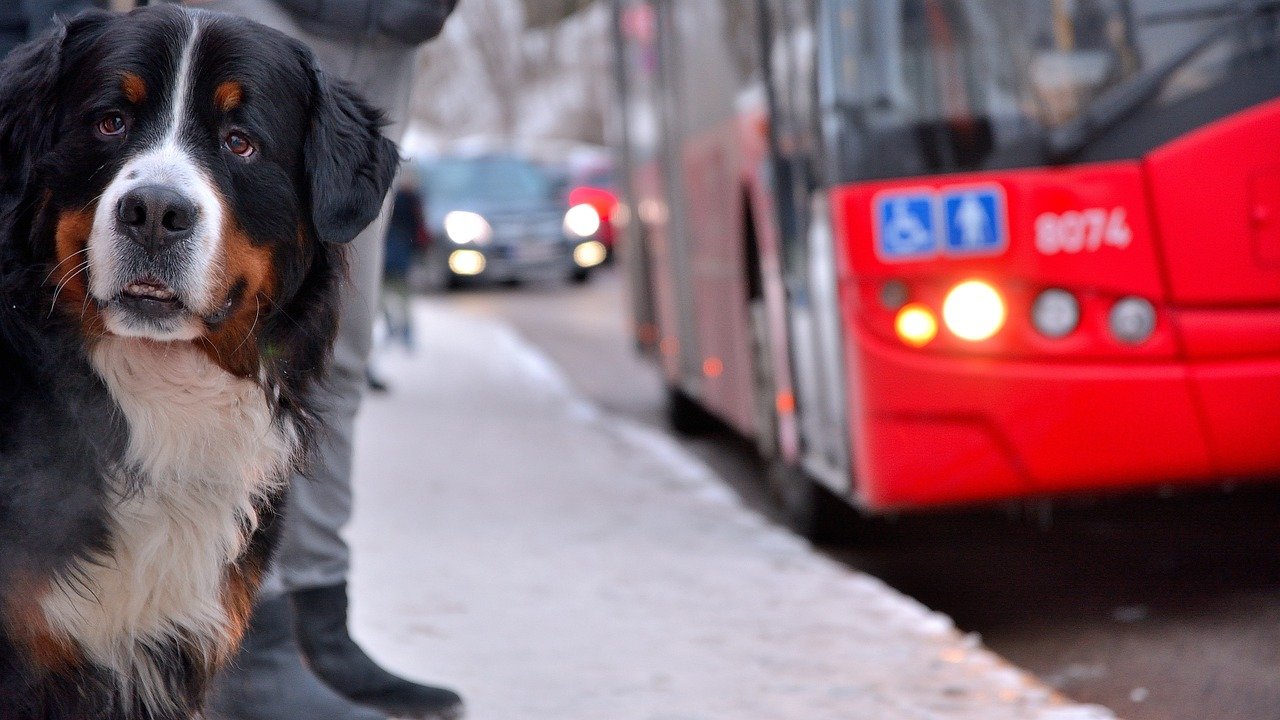When it comes to traveling with our furry companions, preparation and care are essential to ensure a safe and enjoyable journey. Dogs, much like humans, can experience travel-related stress, making it crucial for pet owners to anticipate their needs and comfort. Whether you’re embarking on a cross-country road trip or taking a flight to a distant destination, having a well-thought-out plan can make all the difference. This article provides 15 essential tips to help you and your dog navigate long-distance travel seamlessly and safely. With these tips, you’ll be able to focus on creating wonderful memories with your four-legged friend.
Choose the Right Travel Carrier
Selecting the appropriate travel carrier is the foundation of a safe trip. A well-fitted carrier ensures your dog’s comfort and security. When choosing a carrier, consider your dog’s size, breed, and temperament. It should be spacious enough for your dog to stand, turn, and lie down comfortably. Ventilation is another critical factor. Ensure the carrier has adequate airflow to prevent overheating and discomfort. If you’re traveling by air, check with the airline for specific carrier requirements, as they often have strict guidelines to ensure pet safety.
Introducing your dog to the carrier well in advance of the trip can ease anxiety. Place familiar items like a blanket or toy inside and allow your dog to explore it freely. This can transform the carrier from a strange object into a familiar, safe space. Gradual exposure will help your pet associate the carrier with positive experiences, reducing stress during the actual journey.
Plan Your Route and Stops
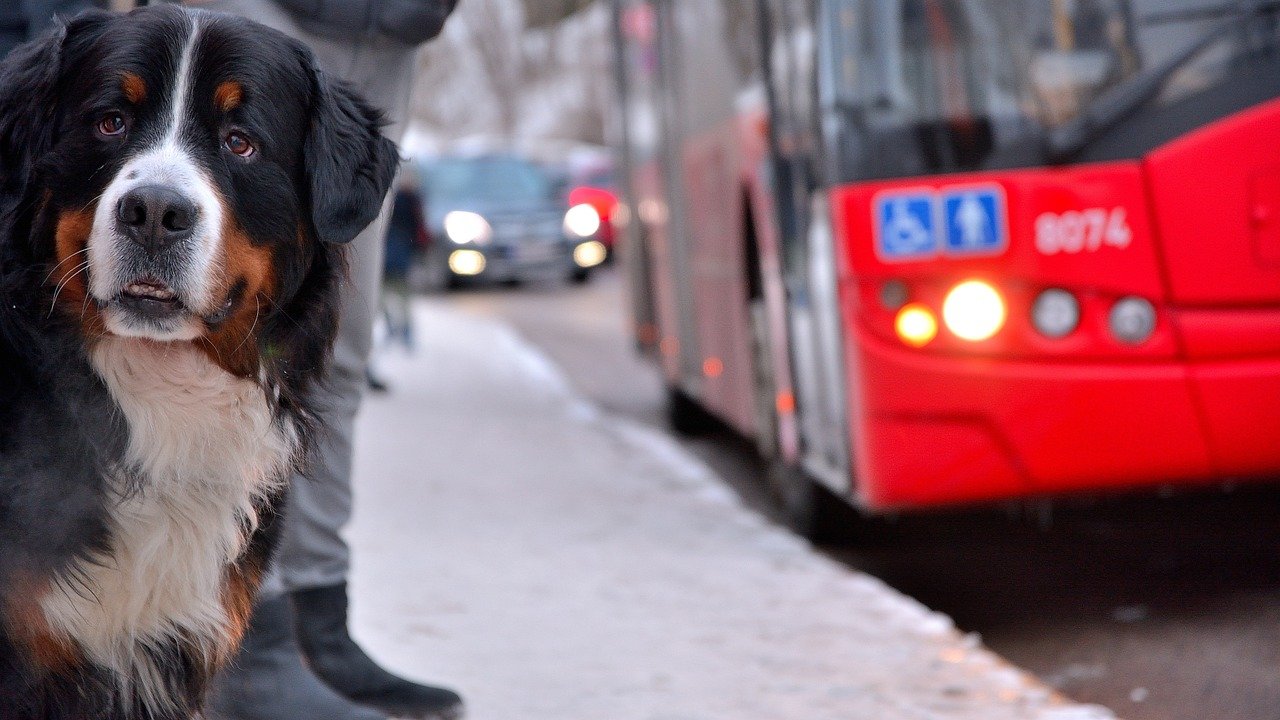
Mapping out your route is crucial when traveling long distances with your dog. Plan for regular stops to allow your pet to stretch, hydrate, and relieve themselves. Dogs benefit from breaks every two to three hours. These stops not only cater to their physical needs but also help alleviate any travel-induced stress. Choose pet-friendly rest areas or parks where your dog can safely explore and expend some energy.
Additionally, research veterinary clinics along your route. Having knowledge of nearby animal hospitals can be invaluable in case of an emergency. Also, ensure that your planned stops have pet-friendly facilities. Some areas may have restrictions or lack the necessary amenities for dogs, so having a backup plan is always wise.
Pack a Canine Travel Kit
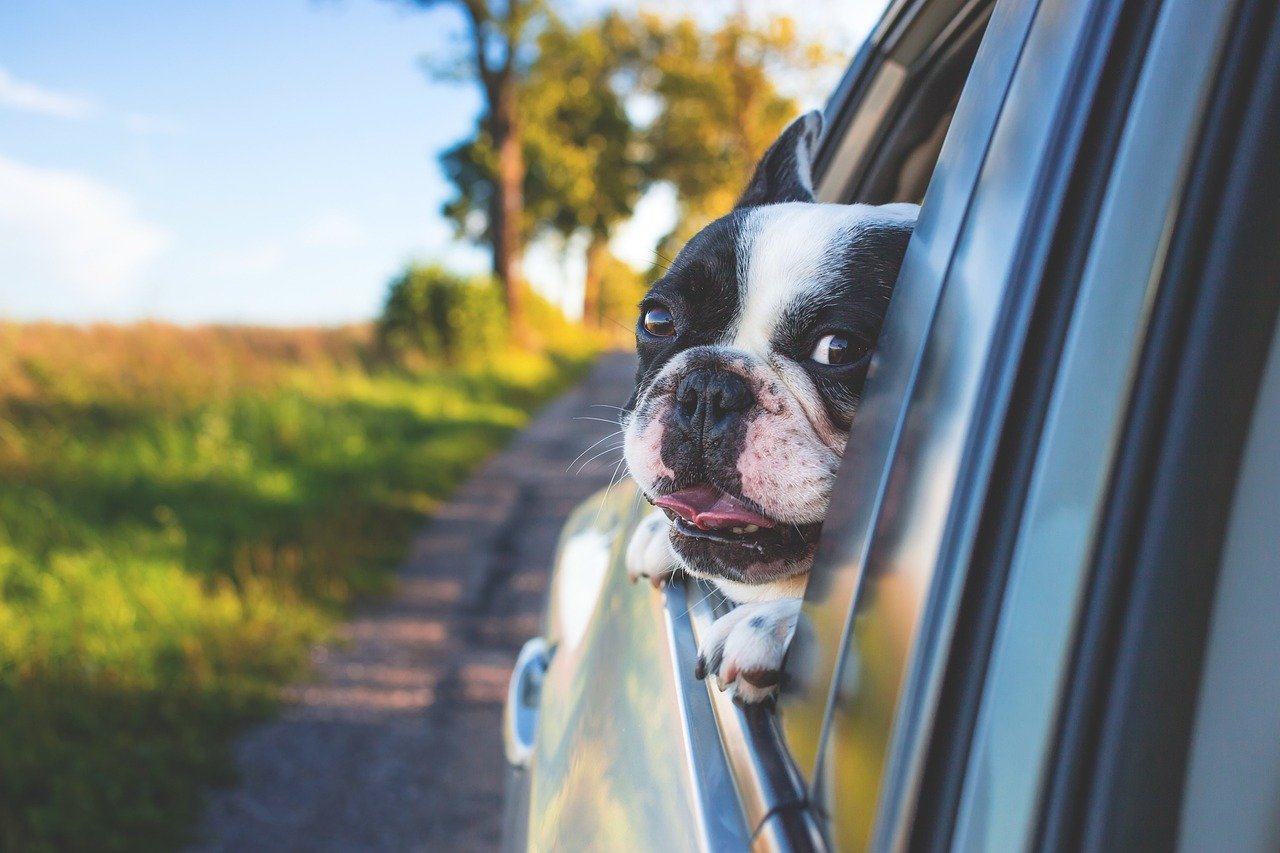
A well-stocked travel kit can be a lifesaver on long trips. Include essentials such as food, water, bowls, a leash, waste bags, and any medications your dog may need. It’s also wise to pack a first-aid kit tailored for dogs, including items like bandages, antiseptic wipes, and tweezers for removing ticks or thorns. Don’t forget your dog’s favorite toys or a comforting blanket to provide a sense of home.
Ensure you have enough supplies to last the entire journey, plus a little extra. You never know when delays might occur, so it’s better to be over-prepared. Keeping these essentials organized and easily accessible can prevent unnecessary stress for both you and your pet.
Get Your Dog Used to the Car
If your dog isn’t accustomed to car travel, start with short trips to build their confidence. Gradually increase the length of these outings to acclimate your pet to the motion and sounds of a moving vehicle. Positive reinforcement, such as treats and praise, can help associate car rides with enjoyable experiences. Always secure your dog in the car using a seatbelt harness or a travel crate to ensure their safety.
Some dogs may experience motion sickness, so it’s essential to observe your pet’s reactions. Avoid feeding your dog a large meal right before travel to decrease the likelihood of nausea. If motion sickness persists, consult your veterinarian for advice or potential treatments.
Ensure Proper Identification
Before setting out on a long journey, confirm that your dog’s identification tags are up to date. The tags should include your current contact information and any relevant medical details. Microchipping your pet provides an additional layer of security, as microchips can be scanned by veterinarians and shelters to reunite lost pets with their owners.
Consider investing in a GPS tracker for your dog’s collar. This technology allows you to track your pet’s location in real-time, providing peace of mind throughout your travels. In the unfortunate event that your dog becomes separated from you, having reliable identification can drastically increase the chances of a safe reunion.
Keep Your Dog Hydrated
Hydration is key to keeping your dog healthy and comfortable during travel. Always have fresh water available and encourage your dog to drink regularly. Portable water bowls or specially designed water bottles for dogs can make this task more convenient. Just like humans, dogs can become dehydrated, especially in hot weather or during extended travel periods.
Pay attention to signs of dehydration, such as excessive panting, dry gums, or lethargy. If you notice any of these symptoms, provide water immediately and seek veterinary care if they persist. Keeping your dog well-hydrated will help them stay alert and energetic throughout the journey.
Monitor Weather Conditions
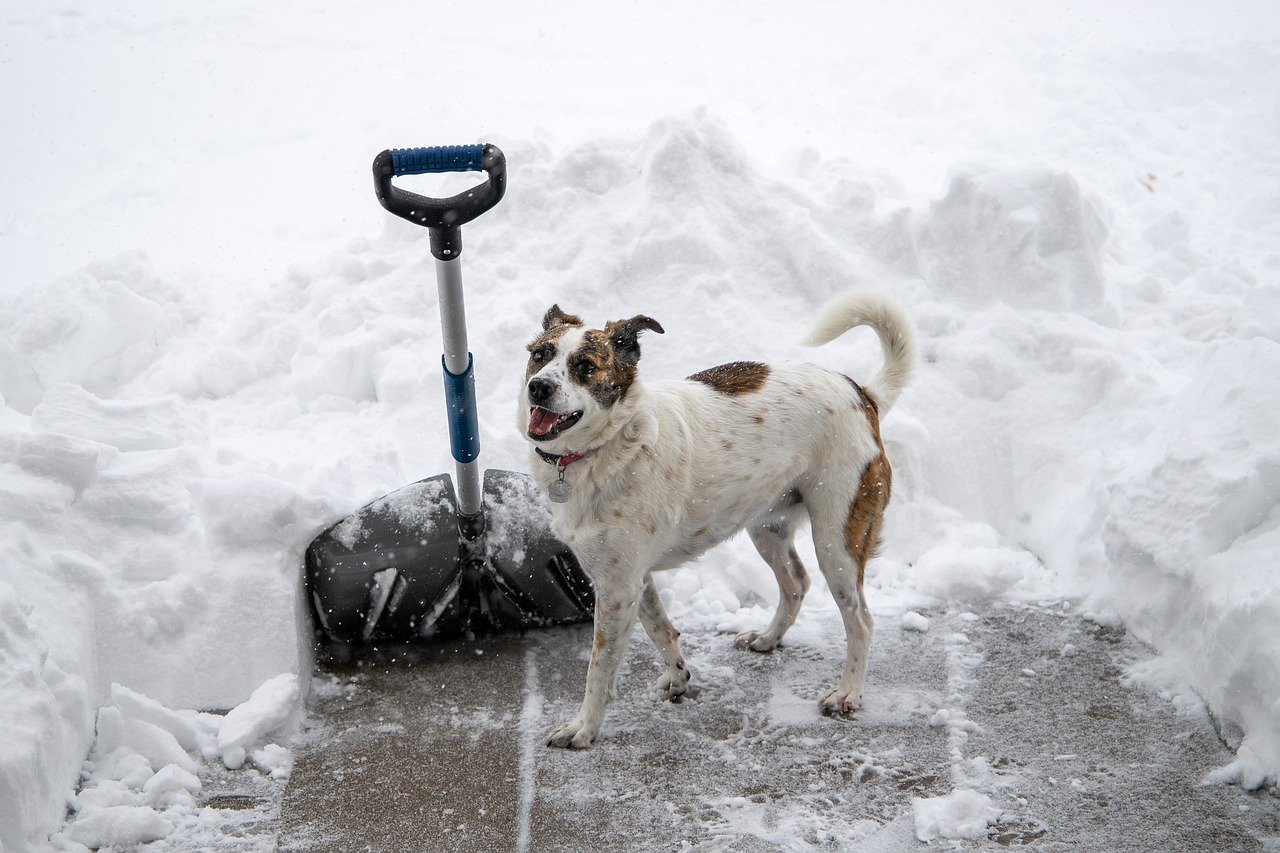
Weather can significantly impact your dog’s travel experience. Extreme temperatures, whether hot or cold, can be dangerous. Plan your travel during moderate weather conditions to ensure your dog’s comfort. If you’re traveling in summer, avoid leaving your dog in a parked car, as temperatures can rise rapidly, leading to heatstroke.
In colder climates, provide your dog with warm blankets or a pet sweater to maintain body heat. Monitor your dog’s behavior for signs of discomfort, such as shivering or excessive panting. Adjust your travel plans if necessary to accommodate sudden weather changes and keep your pet safe.
Consider Dietary Needs
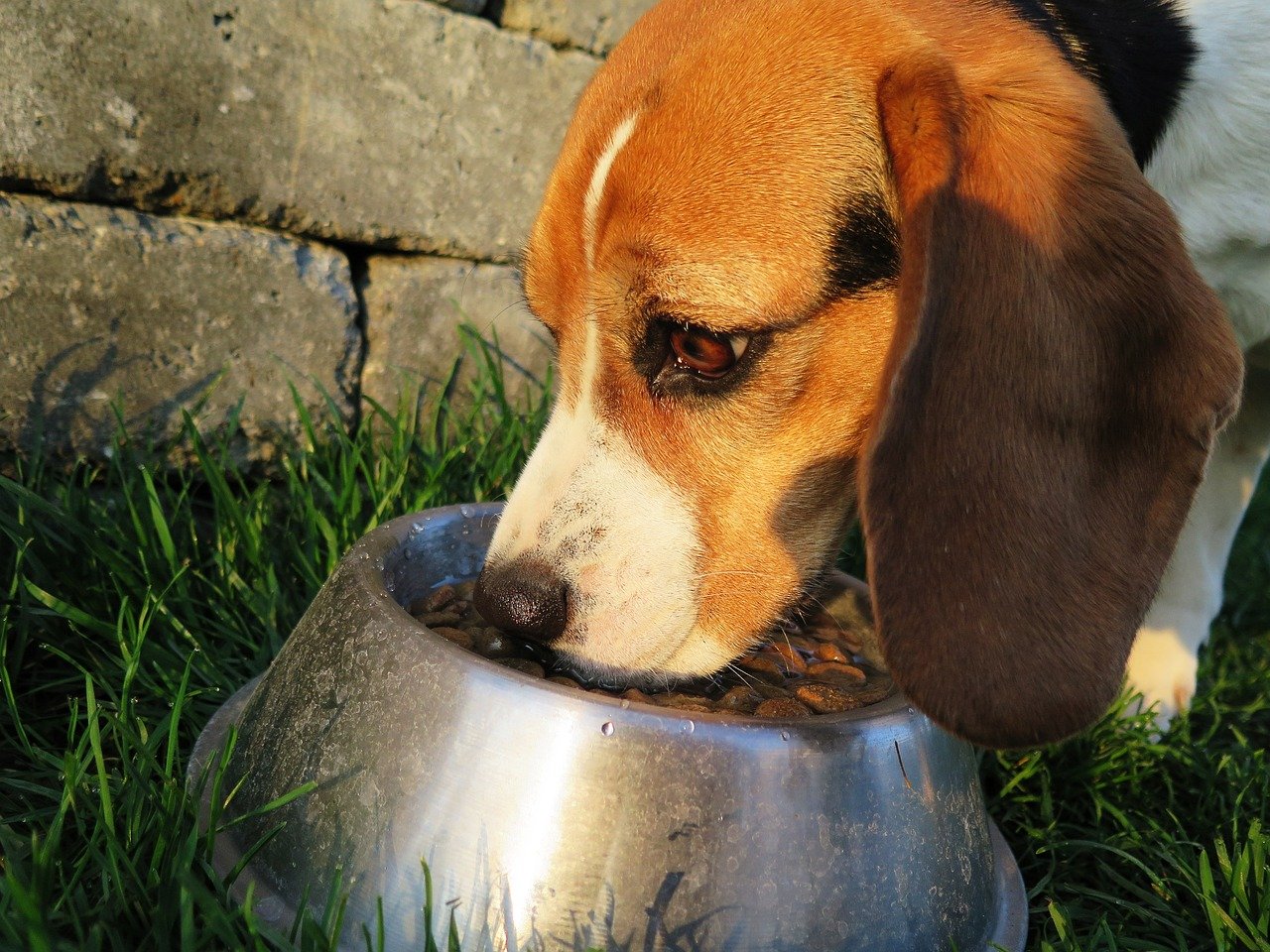
Maintaining your dog’s regular diet during travel is essential to avoid digestive issues. Pack enough of your dog’s usual food to last the trip, along with some extra for emergencies. Sudden dietary changes can lead to stomach upset, so it’s best to stick to familiar foods. If you’re unable to bring your dog’s usual brand, gradually introduce the new food over several days before your trip.
Avoid feeding your dog right before travel to minimize the risk of motion sickness. Instead, offer a small meal a few hours before departure. This allows time for digestion and reduces the likelihood of nausea during the journey.
Practice Relaxation Techniques
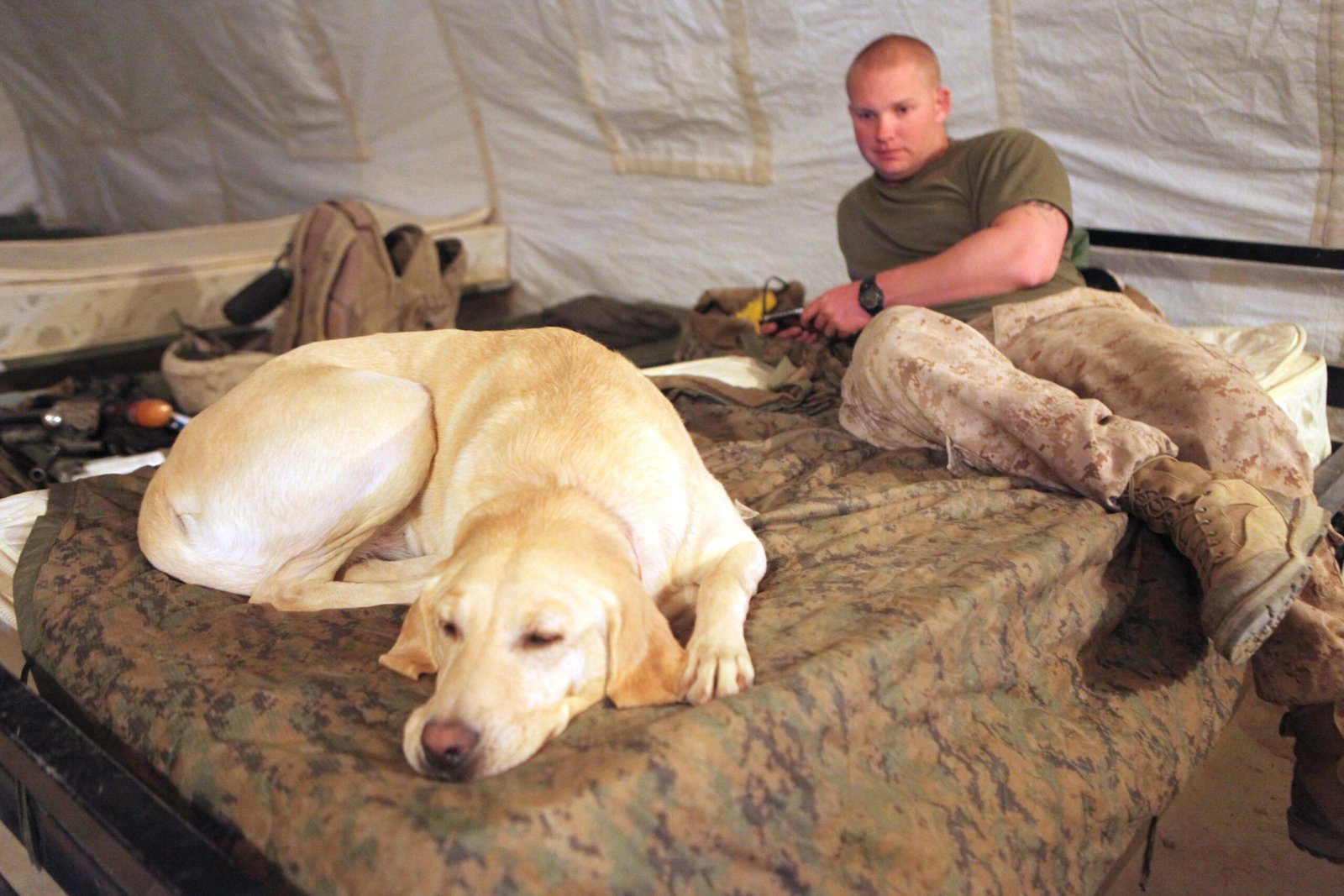
Travel anxiety can affect dogs, just as it does humans. Teaching your dog relaxation techniques can create a calmer travel environment. Simple exercises, such as deep breathing or gentle massage, can help soothe your pet. Playing soft music or using pheromone sprays designed for calming can also be effective.
Some dogs respond well to desensitization techniques, which involve exposing them to travel sounds and environments in a controlled manner. Over time, this can reduce their anxiety levels. If your dog has severe travel anxiety, consult your veterinarian for advice on behavior modification or potential medications.
Understand Airline Pet Policies
For those flying with their dogs, understanding airline pet policies is crucial. Each airline has specific guidelines regarding pet travel, including carrier dimensions, health certificate requirements, and fees. Some airlines allow small dogs to travel in the cabin, while larger dogs may need to be checked as cargo.
Research your airline’s pet policy well in advance of your flight. Ensure you have all necessary documentation and that your pet’s carrier meets the airline’s specifications. Knowing what to expect can alleviate stress and prevent last-minute complications at the airport.
Acclimate Your Dog to New Environments

Traveling introduces your dog to new sights, sounds, and smells. Gradual acclimation to these changes can help your pet adapt more easily. Before your trip, expose your dog to different environments, such as parks, busy streets, or public transportation. This helps build confidence and reduces anxiety when faced with unfamiliar situations.
During your journey, provide opportunities for your dog to explore new surroundings safely. Use a secure leash and harness to prevent any unexpected escapes. Encouraging positive experiences in new environments will make your dog’s travel experience more enjoyable and stress-free.
Ensure Comfort During Flights

If you’re flying with your dog, ensuring their comfort is paramount. Choose flights with minimal layovers to reduce travel time and stress. Direct flights are preferable when possible. Prepare your dog’s travel carrier with familiar items like a blanket or toy to provide comfort during the flight.
Before boarding, give your dog a chance to relieve themselves and engage in some physical activity. This can help them relax during the flight. If your pet is prone to anxiety, consult your veterinarian about possible calming aids or medications to ensure a smooth journey.
Keep a Familiar Routine
Maintaining a familiar routine can help your dog feel secure during travel. Try to stick to your dog’s regular feeding, walking, and sleeping schedule as much as possible. Consistency provides a sense of normalcy and reduces anxiety.
Incorporate familiar activities into your travel itinerary. Whether it’s a morning walk or evening playtime, keeping these routines intact can provide comfort for your dog. Small efforts to maintain normalcy can make a significant difference in your pet’s travel experience.
Stay Calm and Positive

Dogs are highly attuned to their owners’ emotions. Staying calm and positive sets the tone for a successful journey. Your dog will pick up on your mood, so projecting confidence and reassurance can help ease their anxiety. Speak to your dog in a soothing voice and offer plenty of praise and affection.
Remember that unexpected challenges may arise during travel. Keeping a positive attitude will help you adapt to any situations that come your way. Your calm demeanor will reassure your dog and make the journey more enjoyable for both of you.
Prepare for Emergencies
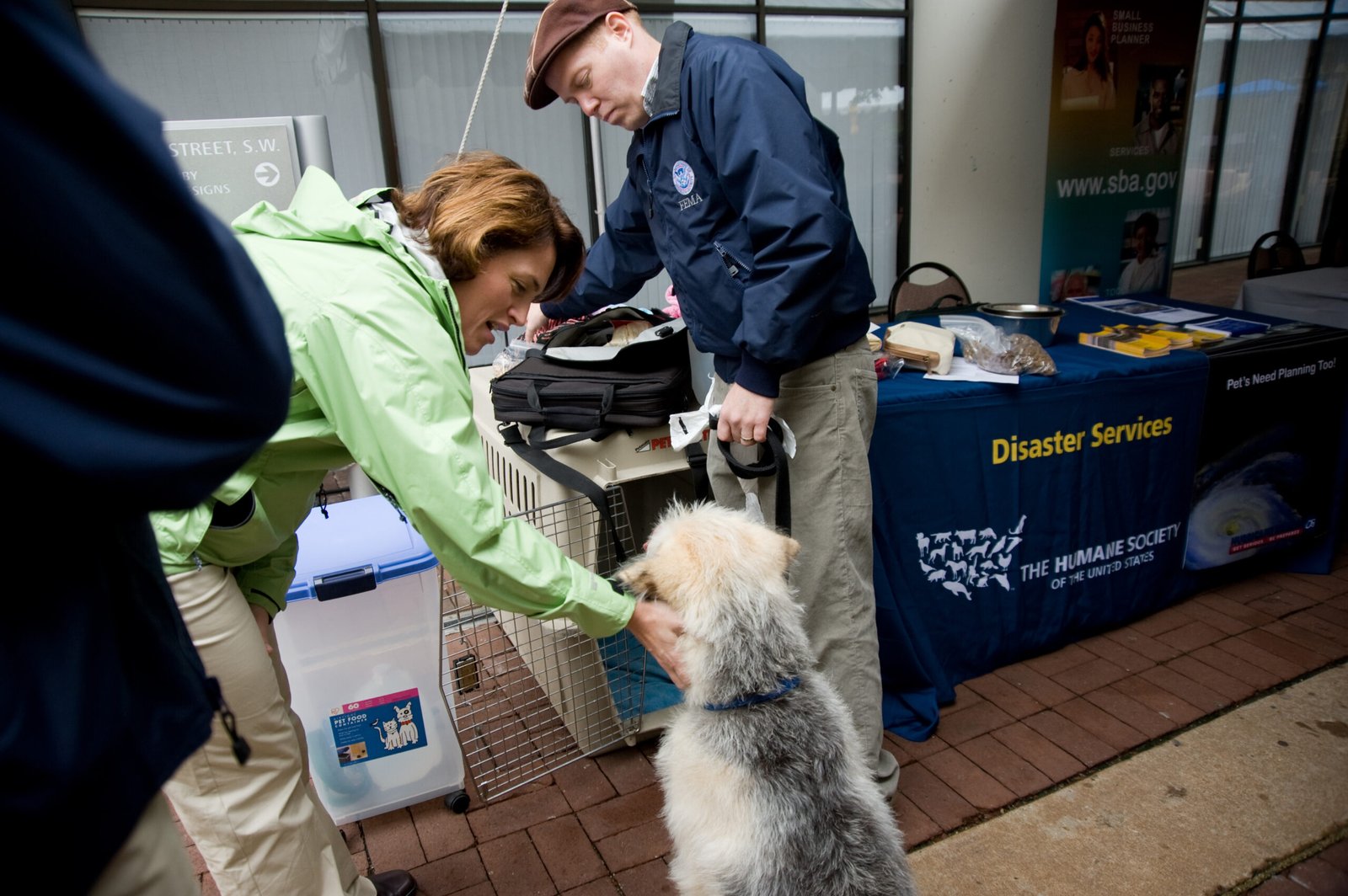
While no one likes to think about emergencies, being prepared is essential. Carry a list of emergency contacts, including your veterinarian and pet-friendly clinics along your route. Familiarize yourself with basic pet first aid techniques and have a first aid kit on hand.
Ensure you have copies of your dog’s medical records, vaccination history, and any necessary medications. In the event of an emergency, having this information readily available can expedite treatment and care. Being prepared gives you peace of mind and ensures you can respond effectively to any situation.
In conclusion, traveling long distances with your dog can be a rewarding experience with the right preparation and mindset. By following these 15 tips, you’ll create a safe and enjoyable journey for both you and your furry friend. Happy travels!
Jen is a passionate nature lover and ocean conservationist. She has dedicated her life to protecting the environment and preserving the beauty of the natural world. Growing up in a small coastal town, Jen sincerely appreciated the ocean and its inhabitants. She has spent countless hours exploring the shoreline, learning about the creatures that inhabit the waters, and advocating for their protection. Jen is an active member of ocean conservation organizations, and she is committed to educating the public about the importance of conserving wildlife and the natural environment.

